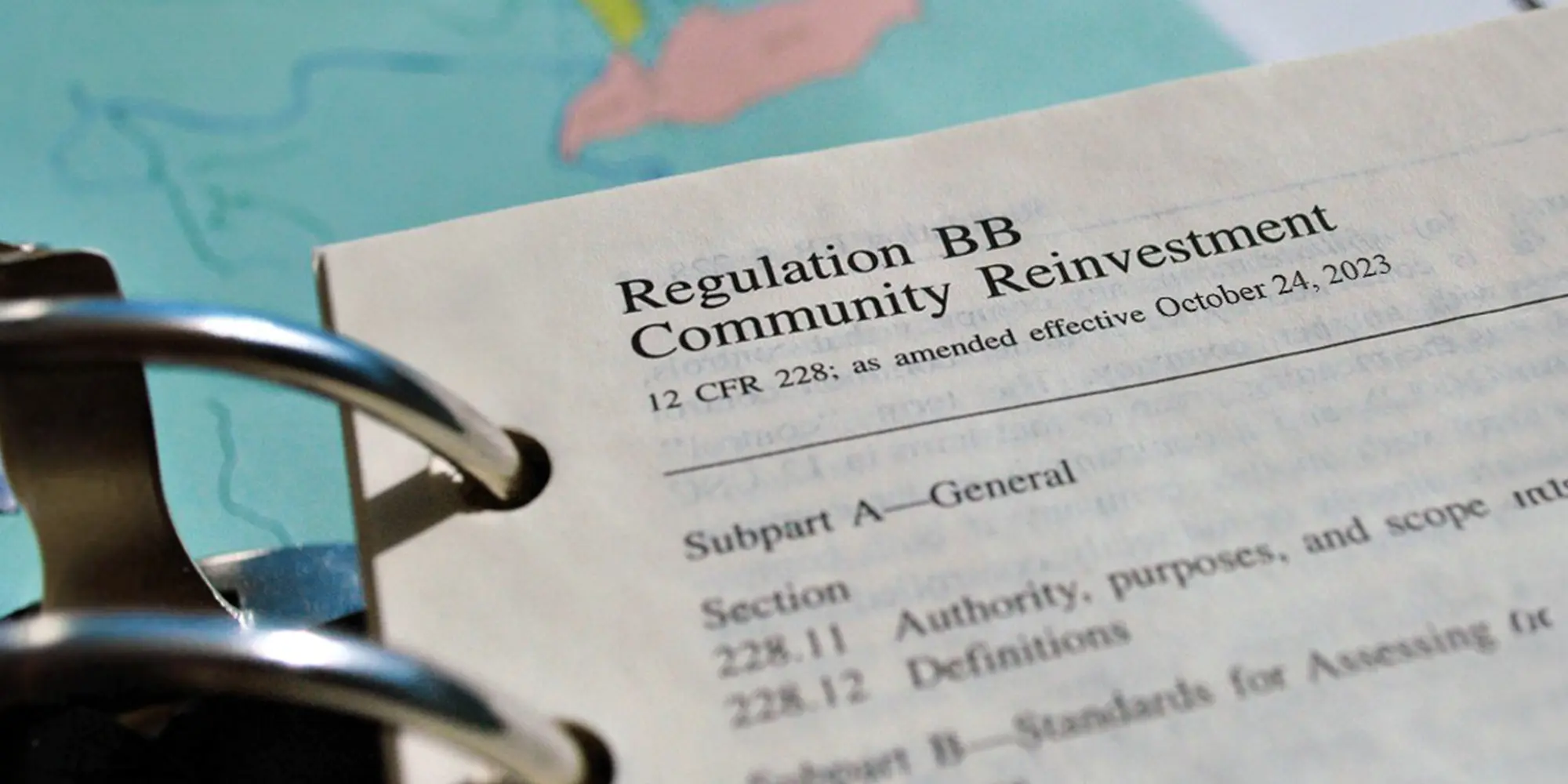For centuries, Black Americans have been unable to create or pass down generational wealth, due to policies systemically created and perpetuated by federal and state governments. While strides have been made in recent years toward closing this gap, setbacks have persisted.
The challenge is great: we are dealing with four centuries of inequality. From slavery to the Reconstruction Era to Jim Crow laws, along with disproportionate police brutality, Black Americans have faced innumerable injustices since the founding of this country. The 2008 financial crisis and the COVID-19 pandemic have only exacerbated these inequities.
Historically, wealth has been stolen or destroyed from areas populated by Black Americans, or never allowed to grow in the first place. Today, Black citizens constitute 13% of America’s population but hold less than 3% of its wealth.
White households in the U.S. have on average 10 times more wealth than Black households and 8 times more wealth than Latinx households. In 2019, the median wealth of Black households in America was $24,100, compared to $189,100 for white Americans.
Following worldwide protests in 2020 against police brutality —that gave rise to global support of the Black Lives Matter movement—we are currently experiencing the next wave of the Civil Rights Movement. While there are many social injustices to address, closing the racial wealth gap must be the next area of focus if substantive change is to come.
The answer is not just a DE&I initiative, either. With financial institutions pledging billions of dollars to Black and Brown communities, it’s important to ensure these funds are actually deployed, then directed to communities most in need.
Barriers to Generational Wealth
Systemic inequities that increase financial burdens on Black Americans persist and hinder the likelihood of accumulating generational wealth. The following burdens need to be addressed:
-
Education Inequality: According to the Brookings Institute, the wealthiest 10% of school districts spend ten times more than the poorest 10% of school districts. Having the same educational opportunities is critical to helping close the racial wealth gap because higher levels of education lead to higher incomes and greater chance of financial independence.
-
Home Ownership: Purchasing a home has been a pinnacle of the American Dream for generations. For Black Americans, though, this has been elusive due to systemic policies. Between discriminatory housing policies and bias in mortgage lending, the gap in home ownership has widened. Over the past 15 years, home ownership for Black Americans has declined dramatically to just 42% in 2018, compared to 72% for white Americans.
-
Access to Savings: Under the current U.S. tax code, people with higher incomes have better tax incentives that were designed to help them save money. Because Black Americans on average have lower median incomes, they receive fewer tax benefits. Simultaneously, due to discriminatory hiring practices, Black Americans have had less access to tax saving structures and workplace retirement vehicles that help accumulate wealth.
Deploying Capital to Areas Most in Need
Following George Floyd’s murder, we saw financial institutions announce their intentions to deploy capital to Black and Brown communities to advance racial equity and help with the pandemic-induced recession. Earlier this year, JP Morgan Chase committed $350 million dollars to Black women’s economic advancement. Wells Fargo announced they are partnering with 11 minority banks across America as part of their commitment to help spur economic growth in Black and Brown communities.
These initiatives are important first steps, but it’s what happens next that matters most. Banks must keep in mind that capital deployment needs to be as efficient and close to the target consumer as possible. Companies will find they are working with a population facing limited or no access to checking or savings accounts or having poor credit due to lack of financial literacy. Successful engagement requires active listening to determine what barriers are impeding access to capital.
Major financial institutions must think critically about how they can become a trusted resource and ally in order to create real solutions to generations-long problems. Only then will the wealth gap begin to narrow.




